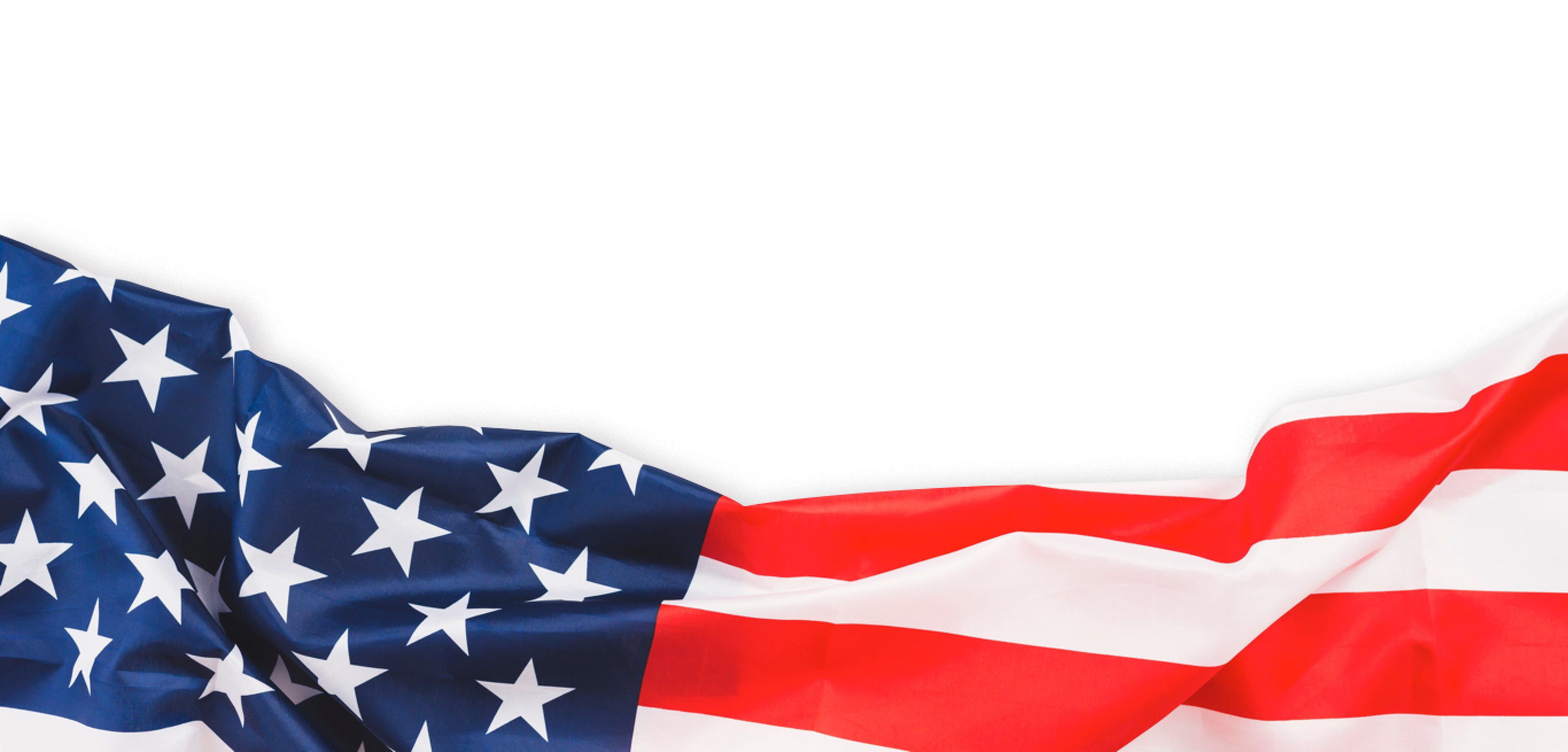History of the Pledge of Allegiance

There are a lot of American history facts worth knowing as a proud citizen. When it comes to the history of the Pledge of Allegiance, most of us know the words to this oath, but not the story behind it. Let's take a closer look at the history of the Pledge of Allegiance and the way it has evolved over time.
The history of the Pledge of Allegiance started in August 1892 when it was written by a socialist minister, Francis Bellamy, as a way for any country to honor the deep respect and bond between a citizen and their homeland. The original Pledge read: "I pledge allegiance to my Flag and the Republic for which it stands, one nation, indivisible, with liberty and justice for all." The Pledge was later adapted in 1923 to change "my flag" to "the flag of the United States of America" which would make it an American pledge rather than a universal one.
The Pledge of Allegiance has always been influenced by the history of the nation at the time. For example, in 1954 during a time when Communism was a concerning threat in the minds of the American public, President Eisenhower encouraged Congress to add "under God" to the Pledge. While this was contested then, it is even more heavily contested in today's world. However, the Flag Code regulates the exact wording of the Pledge of Allegiance and includes the words "under God" as part of the Pledge. The official Pledge reads: "I pledge allegiance to the flag of the United States of America, and to the republic for which it stands, one nation under God, indivisible, with liberty and justice for all."
When it comes to how to say the Pledge, the Flag Code also states actions associated with reciting the Pledge. While the original movements of the hands associated with reciting the Pledge included raising the arm with the elbow straight in the direction of the flag to show allegiance, it too closely rambled the salute of the Nazis during World War II so it was ratified during that time to what we now do today while reciting the pledge. The Flag Code states we should recite the Pledge of Allegiance with our right hand over our hearts while facing the flag. Citizens should remove hats during the Pledge with the exception of military personnel in uniform. The original Pledge in 1892 had all citizens, civilian and military alike, salute the flag at the end of the Pledge but this has since been changed as well. Today, military personnel in uniform during the Pledge of Allegiance may salute the flag with the proper military salute, but civilians are not required to do so.



